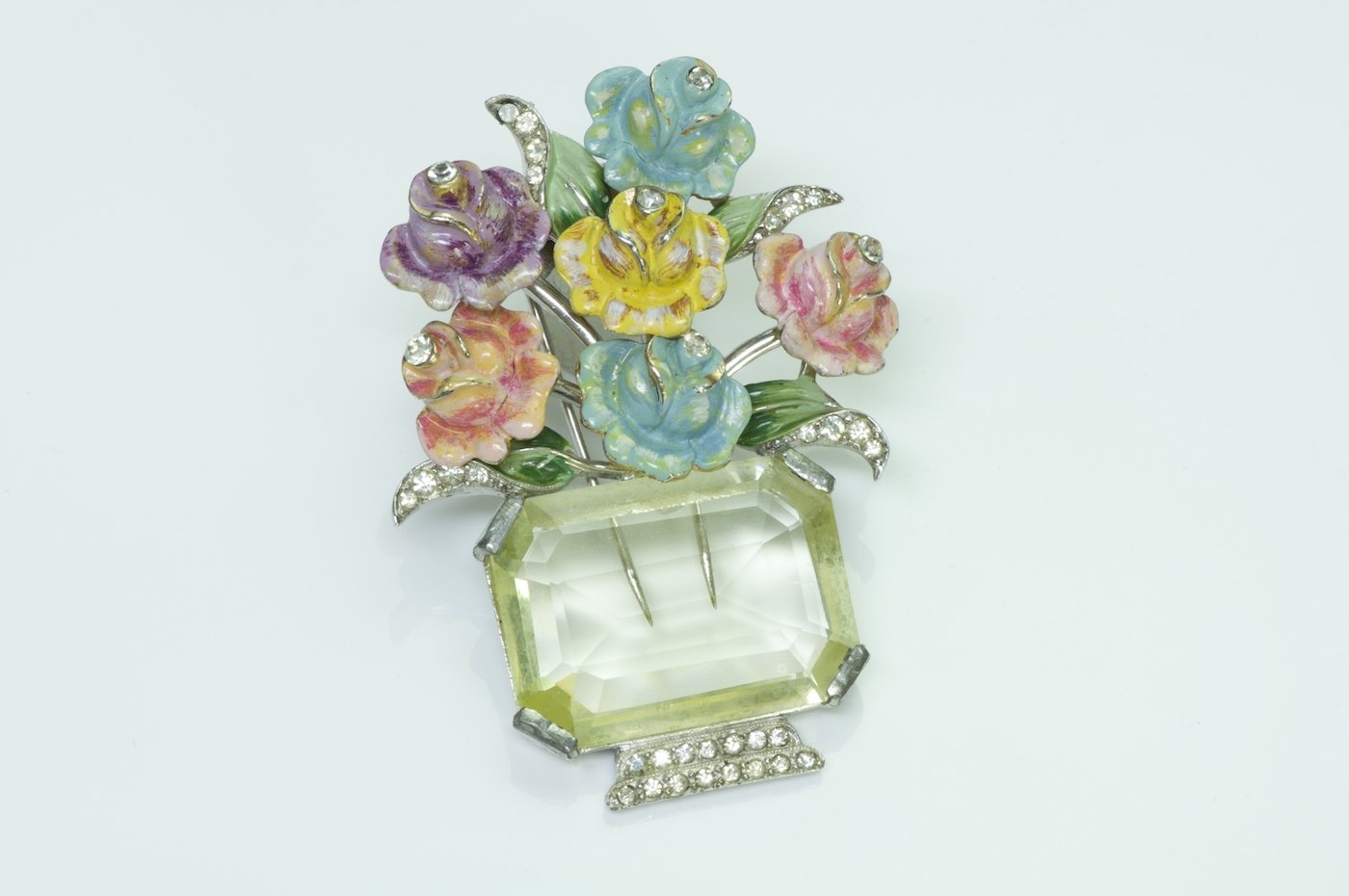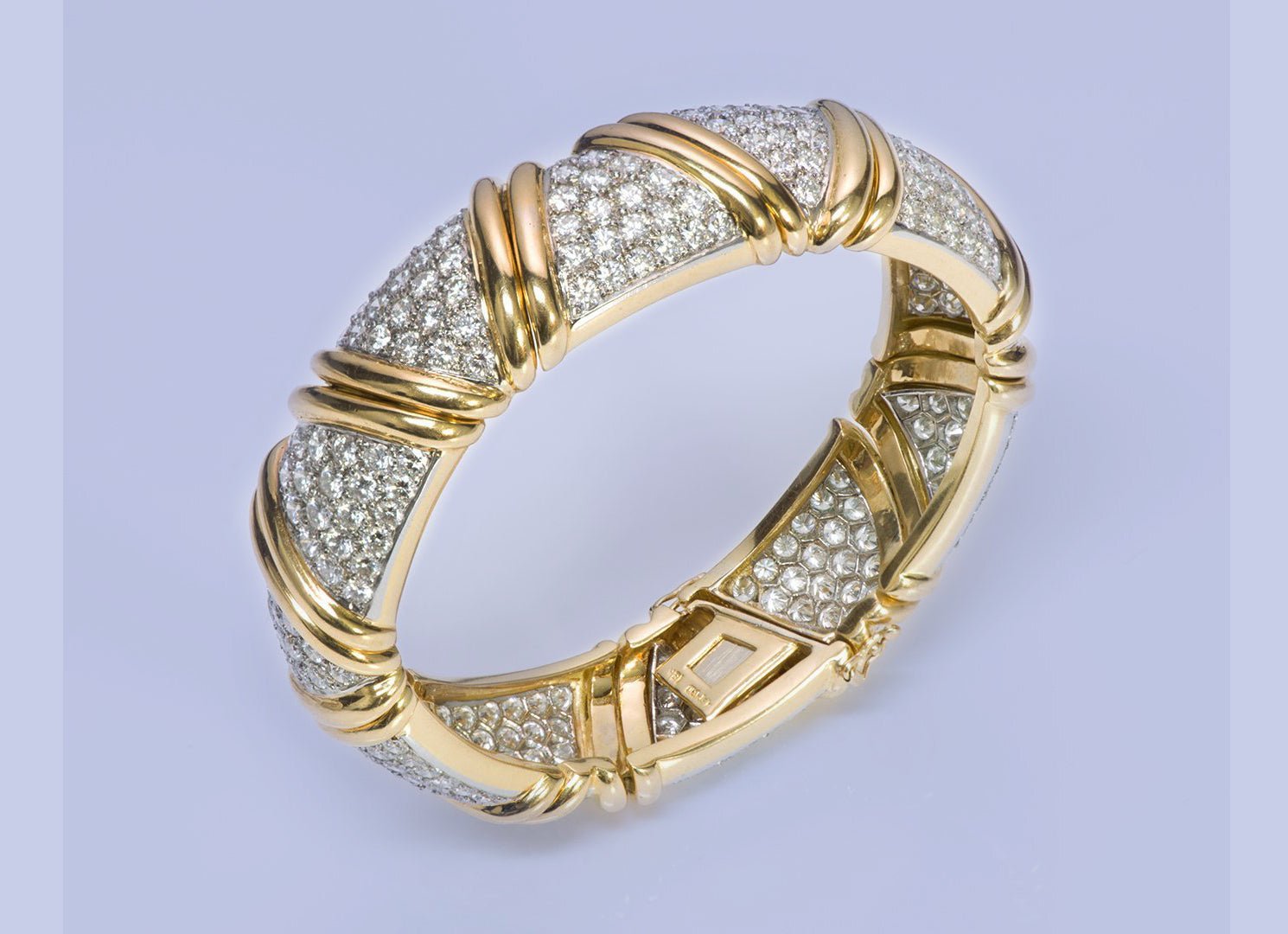
Coro Vintage Jewelry - When Beauty Meets Affordability
A well-known name in the vintage jewelry field is Coro - the largest costume jewelry manufacturer in the U.S. of the last century.
The brand offered colorful, high-quality jewelry pieces that stand out through unique designs.
Therefore, if you are looking for vintage jewelry, Coro might be the right choice, as they produced a wide range of designs, to suit all kinds of tastes and, on top of this, they are at affordable prices.
The History Of Coro
Usually, in the jewelry business, a brand is named after its founder. In this case, Coro was not the name of a person, but that of the "fusion" between two names. And none of them was a designer...
Coro was founded in New York by Emanuel Cohn and Carl Rosenberger in 1901/1902. They both were not only talented businessmen but also persons with a good eye for the arts. They hired very talented professional jewelry designers who were allowed to develop their own creative visions and started producing and selling highly desirable costume jewelry.
In the beginning, the manufacturing of the jewelry was outsourced until they established a factory in Providence, Rhode Island, in 1911. With offices or plants in New York and Providence, they had an important presence in Chicago, Los Angeles, San Francisco, Miami, Toronto, England, and Mexico.
Coro jewelry - Cohn & Rosenberger's jewelry was sold in retail stores across the country and the company not only survived the New York stock market crash of 1929, but it even thrived. Eventually, they became the largest costume jewelry company in the United States.
Cohn died in 1910, but the business kept his name. The company's name remained Cohn & Rosenberger. The corporate name "Coro" was adopted on June 24, 1943, when the company officially changed its name to Coro, Inc. (CO for Cohn, RO for Rosenberger).
Rosenberger died in 1957, and his son Gerald, who succeeded him, died in 1967.
The Oscar de la Renta House Bought Coro
In 1969, the family sold 51 percent of the Coro stock to Richton, Intl. Corp (owner of Oscar de la Renta brand). Richton bought the remaining stock in 1970.
By 1979 all the Coro companies, except the Canadian company, were bankrupt because of the competition from the tailored costume jewelry for everyday and business wear (e.g., Monet) and the influx of costume jewelry from Japan, Hong Kong, and Taiwan. The branch in Canada lasted through the 1990s.
During their glory period, the company made a broad variety of jewelry in various shapes, from figural to floral. Regardless of the shape or the price, all their items were of high quality.
Coro Vintage Jewelry - Created By Talented Designers
Some of their more renowned products are the Coro Duettes, Coro Tremblers, Coro Door Knockers, and Coro Crown Pins. The small pins often depicted animals, but also fruits, musical instruments, ballerinas, etc., all with a clear Lucite center stone). Especially famous was Coro Duette, a double clip that could be combined into one brooch through an innovative interlocking catch.
They also produced many patriotic-style pieces of jewelry including the Emblem Of America's brooch, during World War II.
Among the well-known jewelry designers who worked at Coro in their careers were Gene Verrecchia [Verri] –1933 to the end of 1963, Charles E. Pauzat–1939-1940’s, Oscar Frank Placco –1934-1945, Robert Geissman–1938, Sidney Pearl–1941, Carol McDonald–1940, Lester Gaba–1941, Marion Weeber –1940-1941, Victor di Mezza–1950
Many of the Coro patens were signed by Adolph Katz, but he was not the designer of the pieces but the person in charge of selecting the designs that Coro would manufacture and introduce to the market. The head designer at Coro and the responsible for many of Coro’s famous designs was Gene Verri, who died in 2012.
Coro Vintage Jewelry - Materials Used
- Heavy gold-plated metal with a textured Florentine finish
- Silver with no gilding
- Sterling silver
- Vermeil over lightweight sterling silver
- Rhinestones
- European crystals
- Faux pearls
- Faux Moonstone
- Lucite
- "Fruit salad" (multi-colored carved glass stones)
Coro Vintage Costume Jewelry - Common Markings
Most Coro vintage jewelry pieces are not individually marked with the designer's name, they are only marked with the name of the House, as follows:
- Early Coro jewelry was marked "CR" (for Cohn and Rosenberg)
- "Coro" in a script, 1919
- "Coro Craft," 1937
- "Coro" in a thick script, 1940
- "CoroCraft Sterling," from 1942 to the spring of 1944
- "Corocraft," after WWII
- "Coro Sterling," after WWII
- Pegasus (flying horse used without a name), after WWII
- Pegasus with "Coro" in script and "Craft" printed
- "Corocraft" in a script, angled, with and without Pegasus
- "Duette" or "Coro Duette" in script with a patent number
View Our Collection of Vintage Costume Jewelry


















